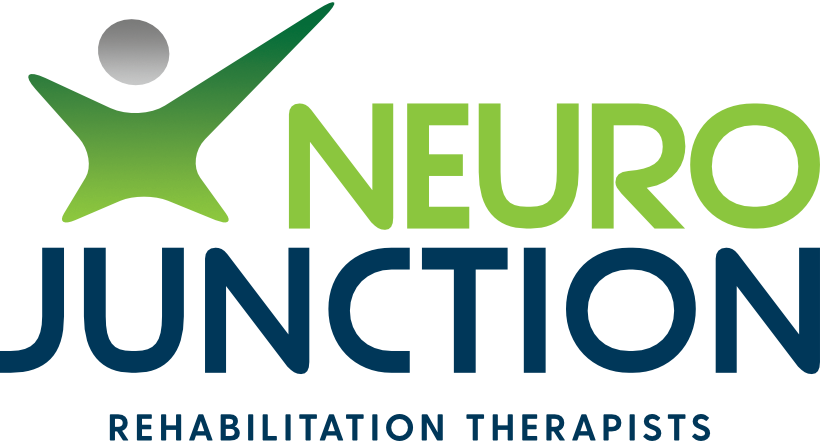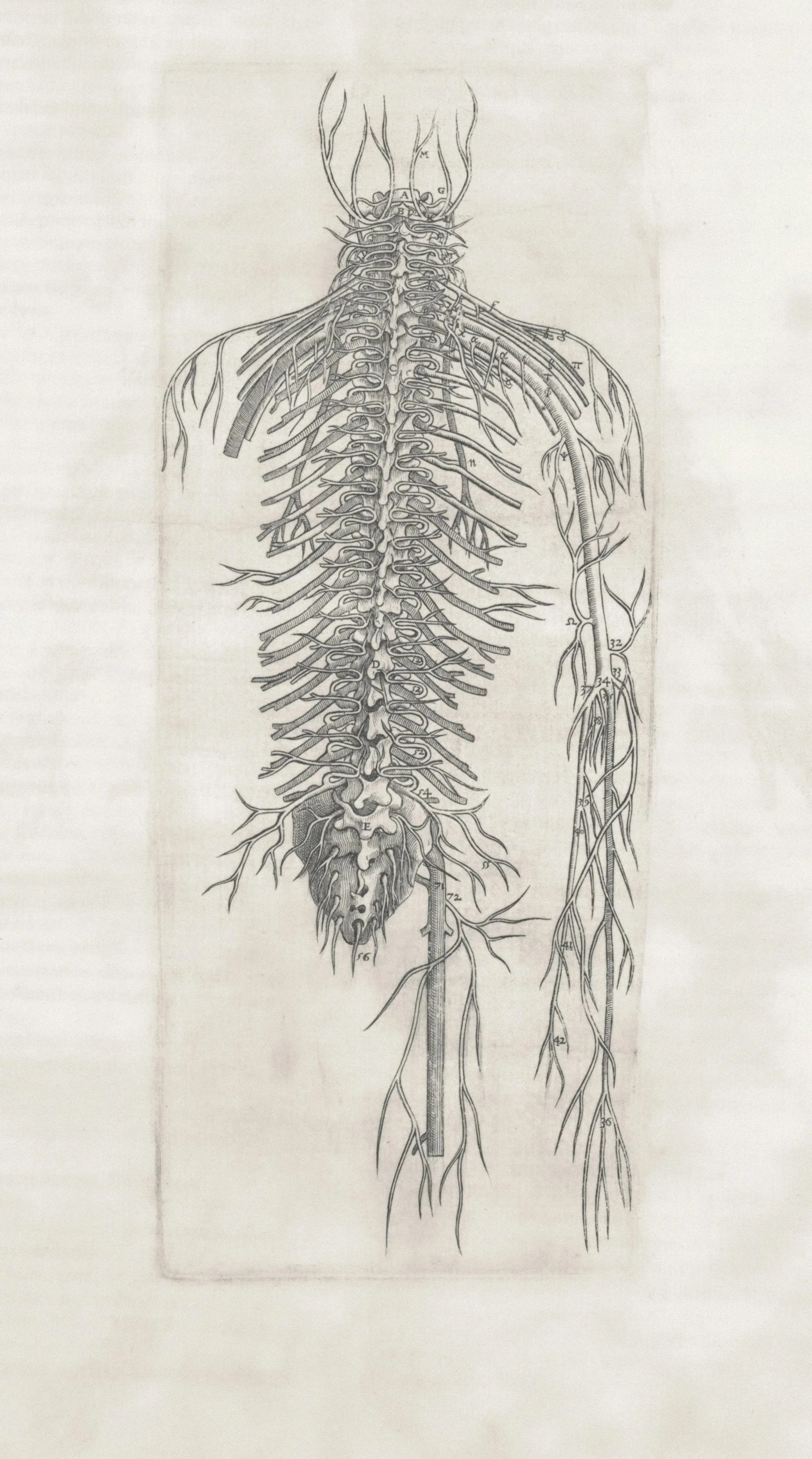Understanding Peripheral Nerve Injuries: How Physiotherapy Can Help
Introduction
Peripheral nerve injuries can significantly impact daily life, making simple tasks like gripping a cup, walking, or even sensing temperature changes difficult. Whether caused by trauma, repetitive strain, or medical conditions, these injuries can lead to weakness, numbness, and pain. Fortunately, physiotherapy offers effective strategies to promote healing, restore function, and improve quality of life.
What Are Peripheral Nerve Injuries?
Peripheral nerves connect the brain and spinal cord to the rest of the body, allowing for movement, sensation, and reflexes. When these nerves are damaged—due to injury, compression, or medical conditions—signals between the brain and body become disrupted. This can result in symptoms ranging from mild tingling to complete loss of function in the affected area.
Causes & Risk Factors
Peripheral nerve injuries can occur due to various reasons, including:
Trauma: Accidents, falls, or direct impact can damage nerves.
Compression: Prolonged pressure on a nerve (e.g., carpal tunnel syndrome) can cause dysfunction.
Medical Conditions: Diabetes, autoimmune diseases, and infections can lead to nerve damage.
Repetitive Movements: Overuse of certain muscles and joints (e.g., in sports or manual labor) may contribute to nerve irritation.
Common Symptoms & Effects
Symptoms of peripheral nerve injuries vary depending on the severity and location but may include:
Numbness or tingling in the affected area
Muscle weakness or paralysis
Burning or sharp pain
Loss of coordination
Increased sensitivity to touch These symptoms can interfere with activities such as writing, walking, or even dressing independently.
How Physiotherapy Can Help
Physiotherapy plays a crucial role in the rehabilitation of peripheral nerve injuries by focusing on restoring movement, strength, and function. Treatment approaches may include:
1. Pain Management & Nerve Stimulation
Gentle massage and desensitization techniques to reduce pain and hypersensitivity
Electrical stimulation to promote nerve activation
Heat or cold therapy to manage inflammation
2. Strength & Mobility Training
Progressive exercises to restore muscle strength and prevent atrophy
Range of motion exercises to maintain joint flexibility
Functional training tailored to daily activities
3. Sensory Re-education
Graded exposure to different textures and temperatures to help the nervous system adapt
Mirror therapy and visualization exercises to enhance brain-body communication
4. Nerve Gliding Exercises
Specific movements designed to help the nerve move smoothly through surrounding tissues, reducing tension and improving function
Self-Management Tips
In addition to professional physiotherapy, individuals can take steps at home to aid recovery:
Stay Active: Gentle movement can prevent stiffness and promote circulation.
Protect the Affected Area: Avoid excessive strain and use supportive braces if recommended.
Practice Good Posture: Poor posture can contribute to nerve compression.
Engage in Sensory Activities: Rubbing different textured materials on the skin can help restore sensation.
Advancements in Treatment
Emerging technologies and research are improving outcomes for individuals with peripheral nerve injuries:
Neuromodulation therapies are being explored to enhance nerve regeneration.
3D-printed nerve scaffolds may aid in nerve repair in severe injuries.
mHealth and wearable devices help track recovery progress and guide rehabilitation exercises remotely.
Take the Next Step
If you or someone you know is experiencing symptoms of a peripheral nerve injury, early intervention is key. Physiotherapists can create a tailored treatment plan to help you regain function and reduce discomfort. Book an appointment today to start your journey toward recovery.
References
American Academy of Neurology. Guidelines on peripheral nerve injury management. Retrieved from https://www.aan.com
British Journal of Sports Medicine. Studies on rehabilitation and nerve recovery. Retrieved from https://bjsm.bmj.com
Journal of Neurology, Neurosurgery & Psychiatry. Research on nerve regeneration and treatment. Retrieved from https://jnnp.bmj.com
Mayo Clinic. (n.d.). Peripheral neuropathy: Symptoms and causes. Retrieved from https://www.mayoclinic.org
National Institute of Neurological Disorders and Stroke. Peripheral nerve disorders. Retrieved from https://www.ninds.nih.gov
O’Sullivan, S. B., Schmitz, T. J., & Fulk, G. D. (2019). Physical rehabilitation (7th ed.). F.A. Davis Company.

